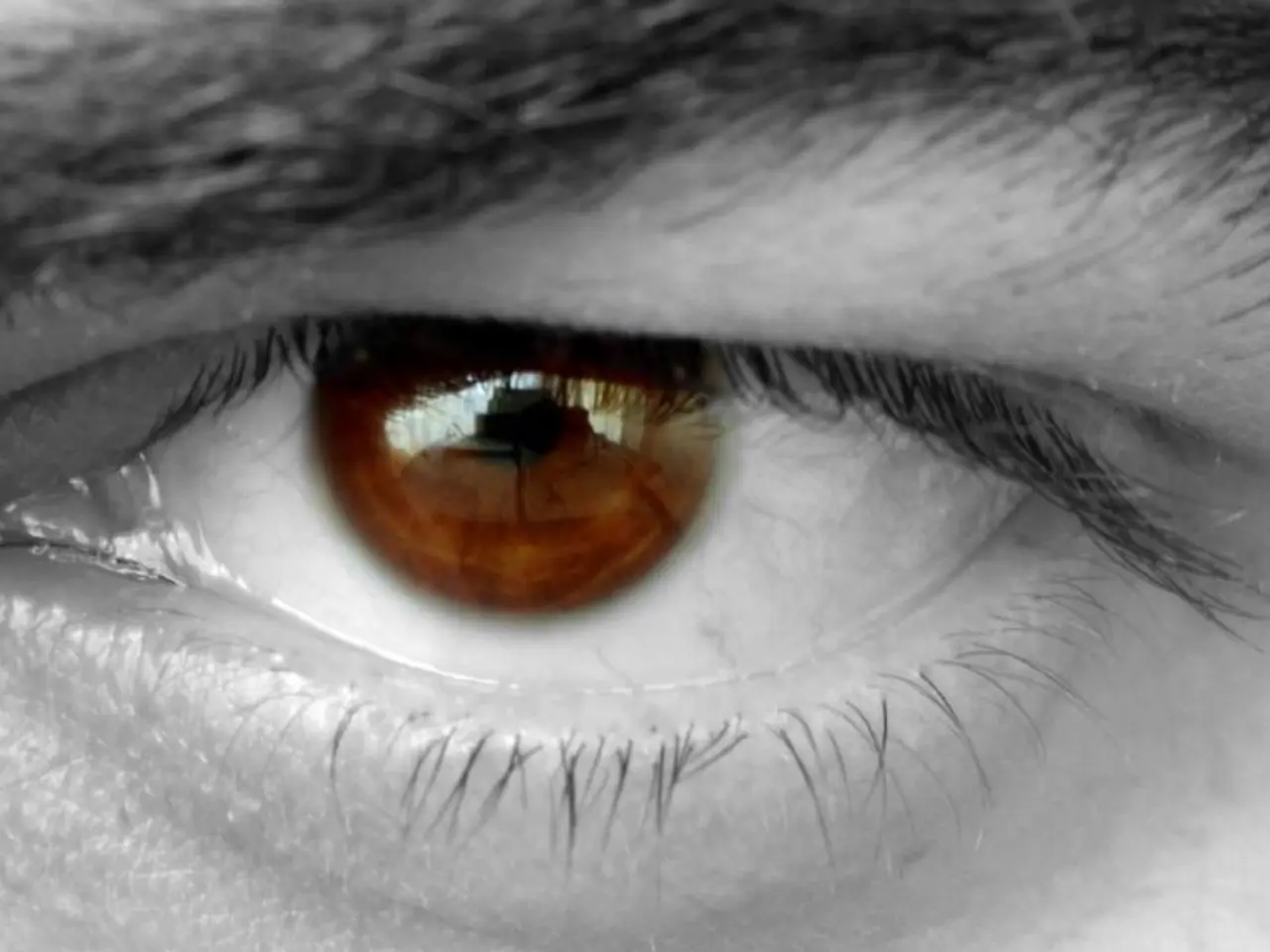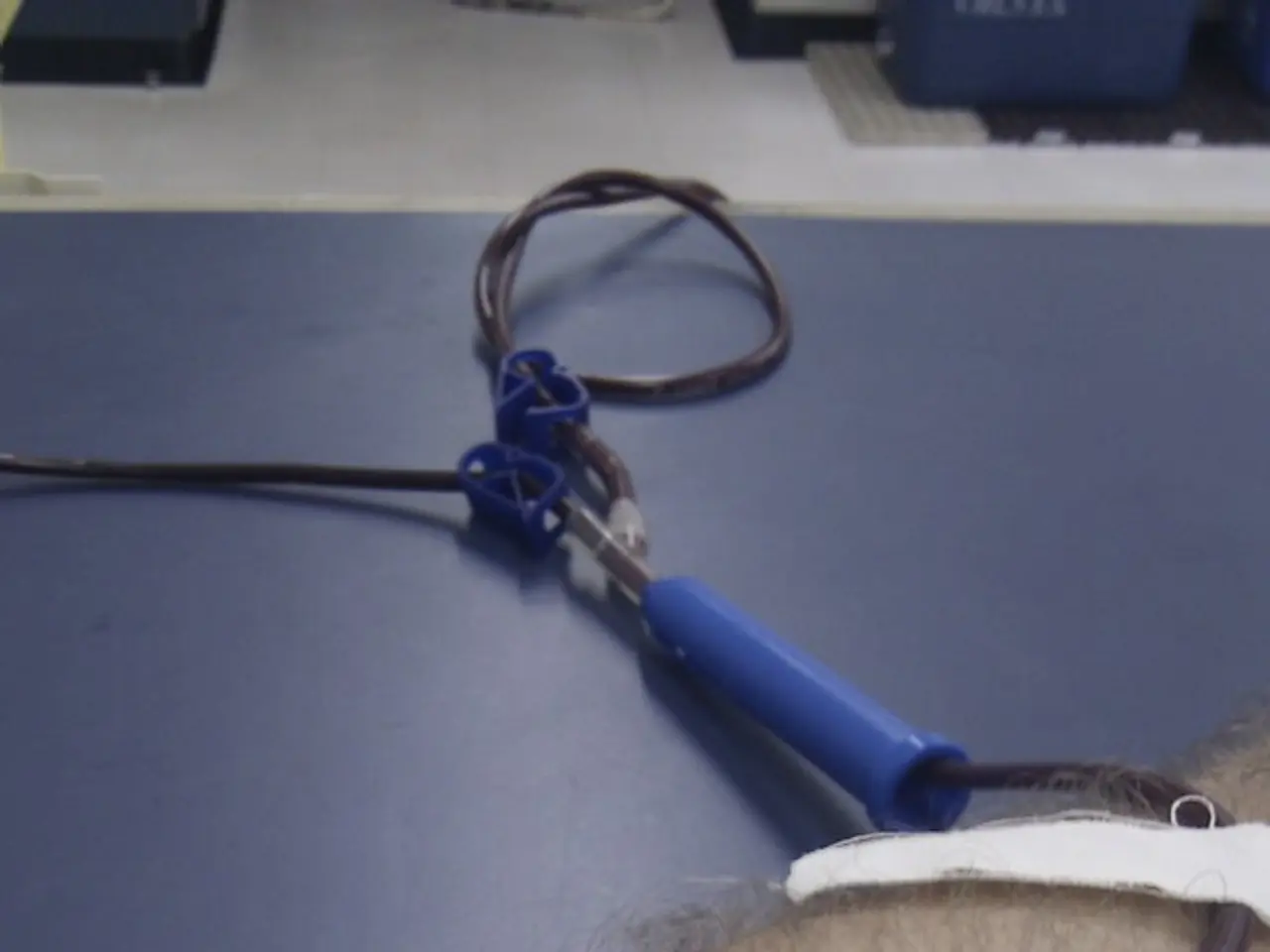The Aging Process of Your Eyes and Potential Solutions Explained
In our pursuit of a youthful and refreshed appearance, the eyes play a crucial role. They are often the first feature to show signs of aging, and addressing issues such as volume loss, discoloration, and sparse eyebrows can make a significant difference.
For those experiencing volume loss under the eyes, dermal fillers offer a temporary fix. These fillers help to restore lost volume, reducing the appearance of shadows and discoloration caused by hollows. For a more lasting solution, fat fillers, which involve taking fat from another part of the body and injecting it under the eyes, can be considered.
Sparse eyebrows tend to become thinner with age, and can age your overall look. Effective treatments for addressing this issue include topical treatments like prescription creams containing minoxidil, oral supplements such as biotin, zinc, and iron, Platelet-Rich Plasma (PRP) therapy, eyebrow transplant procedures, and in-salon treatments like brow shaping and tinting or henna brows.
Regarding discoloration around the eyes—commonly referred to as under-eye dark circles or pigmentation—topical brightening agents containing ingredients like vitamin C, niacinamide, or retinoids can help reduce pigment and improve skin texture. Chemical peels or laser treatments can also target pigmentation and rejuvenate skin. Filler injections, such as hyaluronic acid, can restore volume loss under the eyes, further reducing the appearance of discoloration.
Proper eye care is essential in combating discoloration around the eyes. Hydrating eye creams containing vitamin C, retinol, and peptides can help reduce discoloration and improve skin texture. Collagen, known to boost skin elasticity and reduce the appearance of fine lines, should also be given extra attention in the eye area. Collagen supplements can support an overall fresh-faced look.
Using makeup techniques can visually enhance brow fullness and definition while longer-term treatments take effect. Eyebrow pencils, powders, tinted gels, and highlighters can be used to create a fuller, more youthful appearance. A color corrector, such as a peach or orange shade, can help neutralize any blue or purple undertones around the eyes. Opt for a creamy, hydrating concealer that won't settle into fine lines to conceal discoloration.
It's important to note that years of over-tweezing can lead to sparse regrowth or uneven brows that just won't cooperate. Adapting your makeup routine is crucial in concealing discoloration around the eyes. Using brow wax and tint treatments can help shape and fill eyebrows.
Consulting dermatologists or cosmetic specialists is advisable to determine the optimal combination of treatments depending on individual causes and skin types. Collagen can work wonders for the overall skin health, but giving extra attention to the eye area can make a world of difference.
By combining these approaches—stimulating eyebrow hair growth, employing temporary cosmetic enhancements, restoring volume and texture under the eyes, and strategically addressing pigmentation—we can contribute to a more youthful, refreshed appearance around the eyes. Let's make sure the eyes, the window to the soul, are shining as brightly as they should!
References:
[1] American Academy of Dermatology. (n.d.). Eyebrow Transplantation. Retrieved from https://www.aad.org/cosmetic/treatments/hair-loss/eyebrow-transplantation
[2] Mayo Clinic. (2020). Eyebrow Transplantation. Retrieved from https://www.mayoclinic.org/tests-procedures/eyebrow-transplantation/about/pac-20395188
[4] WebMD. (2021). Eyebrow Transplantation. Retrieved from https://www.webmd.com/beauty/eyebrow-transplantation
Science and health-and-wellness often intersect in the realm of skin care, particularly as it pertains to aging. For instance, addressing volume loss under the eyes through various methods, such as dermal fillers or fat fillers, can be considered as part of a targeted skin-care regimen. On the other hand, sparse eyebrows, a common sign of aging, can be treated through topical treatments or more invasive procedures like Platelet-Rich Plasma (PRP) therapy or eyebrow transplants.




